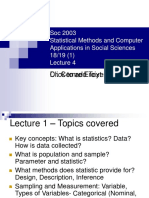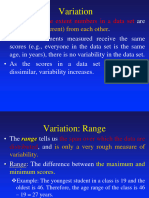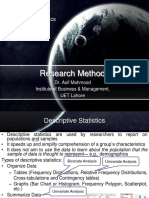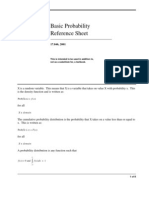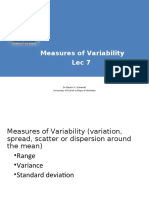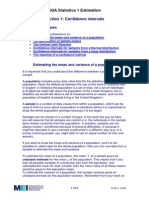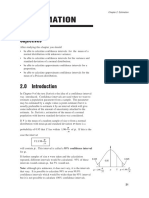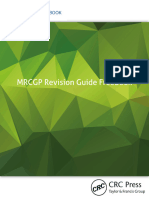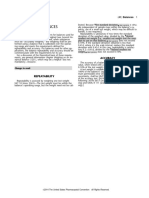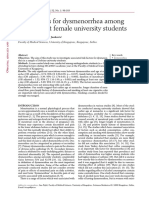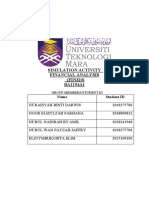0% found this document useful (0 votes)
94 views24 pagesBIOM4025 - Statistical Modelling - QA Session 2
This document discusses a Q&A session on statistical modeling. It addresses questions about using R vs RStudio, fixing a broken URL, what to include in scientific papers, explaining variance and degrees of freedom, and clarifying the differences between standard deviation, standard error, and confidence intervals. The document also provides examples of the normal and t-distributions and discusses when to standardize data and how critical values are determined.
Uploaded by
Lauren JoslynCopyright
© © All Rights Reserved
We take content rights seriously. If you suspect this is your content, claim it here.
Available Formats
Download as PDF, TXT or read online on Scribd
0% found this document useful (0 votes)
94 views24 pagesBIOM4025 - Statistical Modelling - QA Session 2
This document discusses a Q&A session on statistical modeling. It addresses questions about using R vs RStudio, fixing a broken URL, what to include in scientific papers, explaining variance and degrees of freedom, and clarifying the differences between standard deviation, standard error, and confidence intervals. The document also provides examples of the normal and t-distributions and discusses when to standardize data and how critical values are determined.
Uploaded by
Lauren JoslynCopyright
© © All Rights Reserved
We take content rights seriously. If you suspect this is your content, claim it here.
Available Formats
Download as PDF, TXT or read online on Scribd
/ 24




